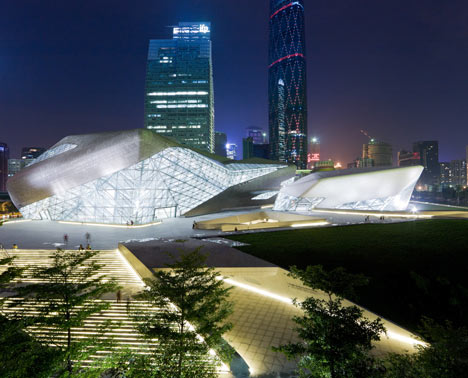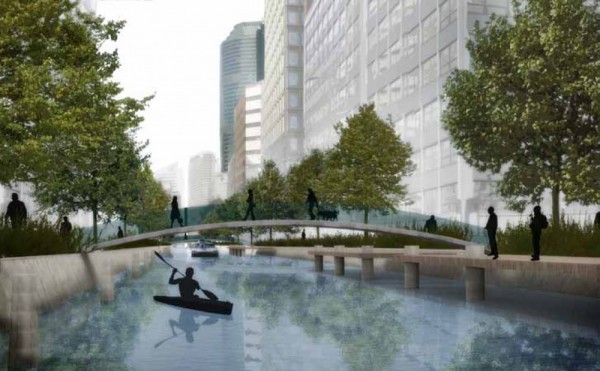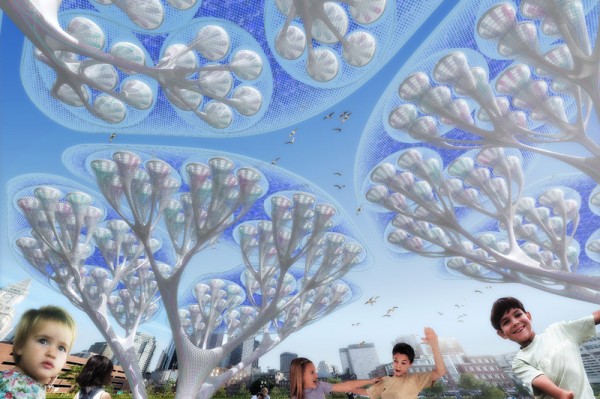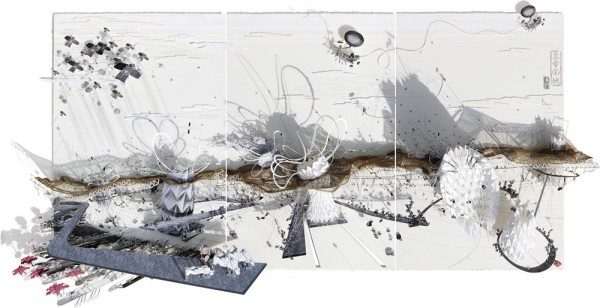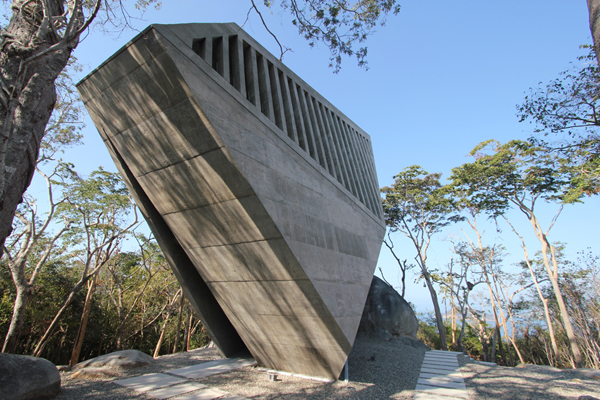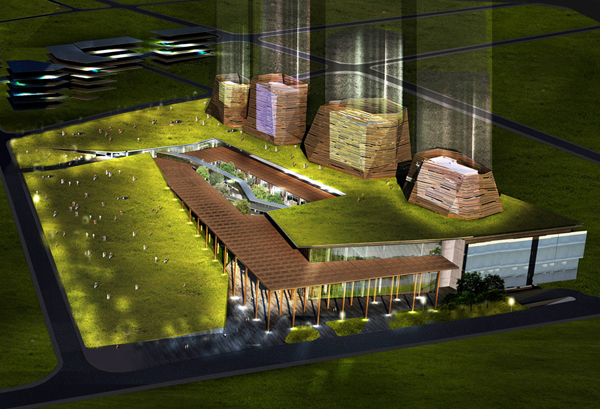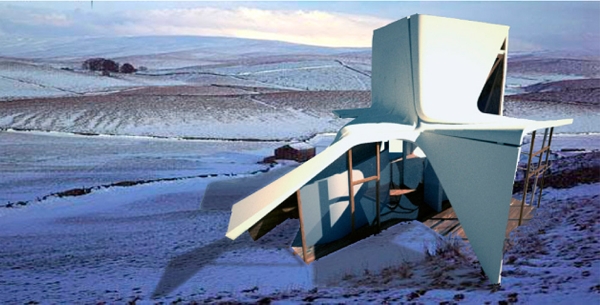Honorable Mention
2011 Skyscraper Competition
Justin Oh
Canada
The final height of this skyscraper has not yet been decided, as perpetual development of the project has continued for more than twenty years. Its rich history can be witnessed and analyzed through the changes in the facade, the same way history can be seen in layers of stone or the rings of a tree. The architecture of the skyscraper changes as each firm contributes their own unique design proposals for the next addition to the tower’s elevation – mankind’s skyscraper project of the twenty-first century.
Hong Kong’s Kowloon side is Corbusier’s Plan Voisin, compressed and multiplied. Victoria Harbour has decreased to accommodate endless developments as the majority of the population live and work in skyscrapers. The principles of Coalesce are to discontinue Hong Kong’s public housing estate-style developments and remove existing estates in order to unite the parks on the Kowloon side. The equation of the project: recreational green space substitutes each estate razed, and with each estate razed, the equivalent amount or more leasable area is added to the central skyscraper. With an increase in green concentration at the heart of Kowloon, the district is expected to experience a drop in its uncomfortable temperatures and filter polluted air, while providing recreational space and facilities. Read the rest of this entry »


